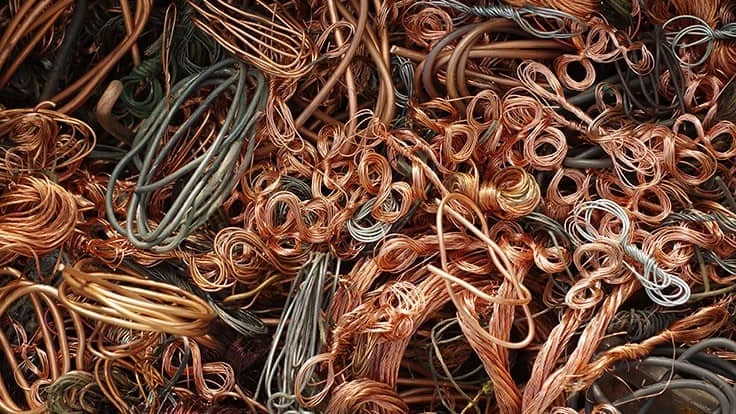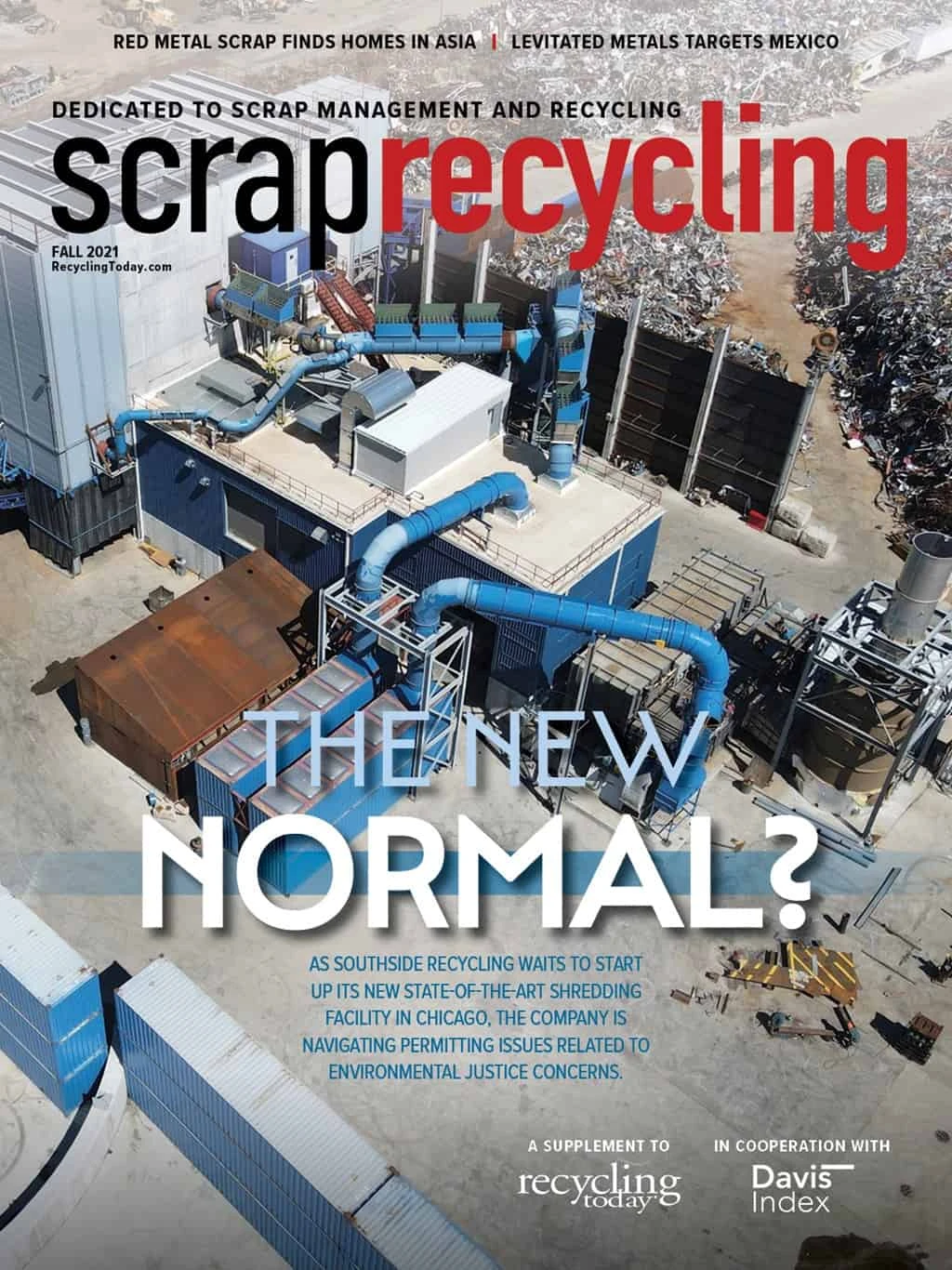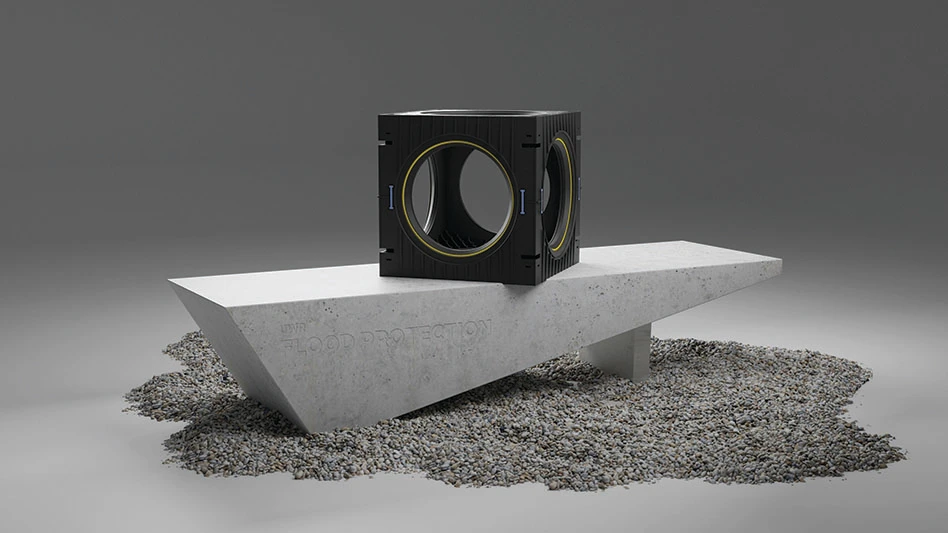
Vitezslav Halamka | stock.adobe.com

Red metal scrap imports into South Korea, India, Taiwan, Japan and Malaysia are rising as China, the world’s top consumer of red metal scrap, becomes more stringent about the scrap grades it will allow into the country.
A standards tale

To understand the current dynamics that are affecting red metal scrap imports in Asia, it is necessary first to be aware of the new standards for scrap imports set in motion by China last year.
In November 2020, China released a stringent set of standards for copper and brass scrap after banning the import, stacking and disposal of solid waste in the country starting Jan. 1 of this year. China, however, does allow the import of red metal scrap grades that meet its high reclassification standards as a resource or raw material.
In an announcement at that time, the Institute of Scrap Recycling Industries (ISRI), Washington, noted that the solid waste import ban was an affirmation of China’s original intent and that the Chinese government was drafting a new regulation on what would constitute mill-ready scrap under the new standards for nonferrous raw material imports issued earlier in 2020.
The new standards China announced initially caused panic among scrap importers and exporters because of the lack of clarity, but the country walked back some of its earlier announcements. By March, it had allowed 26 foreign companies to import red metal scrap through 44 certified domestic importers.
The effect of these policies is reflected not only in China’s choice of exporters but also in the volumes imported by the country over the past two years. Even accounting for the COVID-19-related drop in trading last year, China’s overall imports in the first six months of this year have ticked down.
According to its customs data, China imported 821,386 metric tons of red metal scrap from January through June. While this figure is almost double that of its 2020 imports during the same six-month period—430,618 metric tons—it is slightly below the 854,578 metric tons imported during those same months in 2019.
Another impact of this policy was that exporters began looking at new destinations that would accept lower scrap grades, such as copper chops with lower purity and yellow brass. This is where other countries stepped in, including South Korea, Taiwan, Malaysia and India.
New regions rising

China remains the largest importer of red metal scrap globally. Still, its neighbors have boosted their import volumes over the past two years.
South Korea, for example, consistently has grown its red metal scrap imports since 2019 and is looking to narrow the gap this year, though it remains a distant second to China in terms of volume.
South Korea’s customs data indicate that its copper and brass scrap imports fell by 1.8 percent from 171,043 metric tons in January through June 2020 to 167,974 metric tons in the same period this year. Both these figures remain below the 178,187 metric tons of red metal scrap the country imported in the first half of 2019.
India also has shown resilience in terms of red metal scrap imports in the face of the pandemic. Per the latest customs data available, from January through May of this year, India’s imports increased by 4 percent to 100,837 metric tons compared with the 96,591 metric tons that were imported in the same period last year and exceeding cargoes totaling 100,511 metric tons imported from January through May 2019.
Taiwan grew its imports in the first six months of the year by 4 percent to 59,365 metric tons compared with the same time frame in 2020. Imports rose above the prepandemic level of 58,087 metric tons reported from January through June 2019.
Japan’s import volumes remain low, though they have increased over the past year. Customs data from the country indicate red metal scrap import volumes rose 8 percent to 16,586 metric tons from January through July compared with the 15,344 metric tons that were imported in the same time frame of 2020.
Flowing from the U.S.

The U.S., which remains among the top five exporters to all these countries, also has seen a downtrend in red metal scrap exports for certain grades that might not make the cut under China’s new standards. For example, China’s bare bright imports from the U.S. stood at nearly 2,380 metric tons in the first half of 2021, which is a 73 percent decline from the nearly 9,138 metric tons of this material imported in the first six months of 2020, according to the U.S. Census Bureau data.
Taiwan’s and Malaysia’s imports of this grade from the U.S. increased in the first half of the year. While Taiwan’s bare bright shipments from the U.S. rose by 45 percent to 1,542 metric tons in the first half of this year from 1,063 metric tons annually in 2020, Malaysia, which did not import U.S. bare bright last year, took cargoes totaling 7,123 metric tons from January to June of this year.
South Korea’s U.S. bare bright imports from January through June fell to 2,074 metric tons, down 8.9 percent from the 2,277 metric tons it imported in the first half of 2020. Still, the percentage decline is much lower than that for China.
U.S. exporters also have expanded their reach to other Asian nations as reflected by an average increase of more than $1 per pound in bare bright scrap free alongside ship (FAS) U.S. prices on the Davis Index in the first half of the year.
The Davis Index for this grade stood at $3.54 per pound FAS U.S. port Jan. 4 and has since increased to approximately $4.06 per pound FAS Sept. 1. The price for this export grade hit a high point of $4.27 per pound FAS U.S. port in July this year.
Yet, China’s imports of U.S. No. 2 refined copper almost tripled to 15,246 metric tons in the first half of the year compared with 5,747 metric tons annually in 2020. South Korea’s and Malaysia’s imports of this grade from the U.S. also increased in the same period but not as much as China’s. In the first half of this year, South Korea imported 2,933 metric tons of No. 2 refined copper compared with the 1,735 metric tons the country imported in the same period last year, while Malaysia’s imports of the grade increased to 2,919 metric tons from 2,203 metric tons in the same time frame.
A long way to go
Other Asian nations are following the example set by China and tightening their scrap import regulations. For example, Indonesia and Malaysia have raised the acceptable purity standards for their copper scrap imports.
According to a report by Roskill, Indonesia announced in July that it would accept scrap imports with only 2 percent impurities and added the condition that cargoes must be inspected in the country of origin before being shipped.
Malaysia’s Ministry of International Trade and Industry also announced Sept. 1 that it would extend its interim measures on copper scrap imports until Oct. 31 before it introduces the certificate of approval mechanism that will restrict nonferrous imports to only those that pass its 94.95 percent purity criteria.
Still, this might not happen immediately given that China remains a top importer. Per the latest data from the Lisbon-based International Copper Study Group (ICSG), red metals use in China increased by about 5 percent in the first five months of 2021. ICSG says global refined copper production from scrap increased by 2 percent, with China being the biggest contributor to that growth.

Explore the Fall 2021 Scrap Recycling Issue
Check out more from this issue and find your next story to read.
Latest from Recycling Today
- Enfinite forms Hazardous & Specialty Waste Management Council
- Combined DRS, EPR legislation introduced in Rhode Island
- Eureka Recycling starts up newly upgraded MRF
- Reconomy Close the Gap campaign highlights need for circularity
- Nickel carbonate added to Aqua Metals’ portfolio
- EuRIC, FEAD say End-Of-Life Vehicle Regulation presents opportunity for recyclers
- Recyclers likely to feel effects of US-China trade war
- BCMRC 2025 session preview: Navigating battery recycling legislation and regulations







